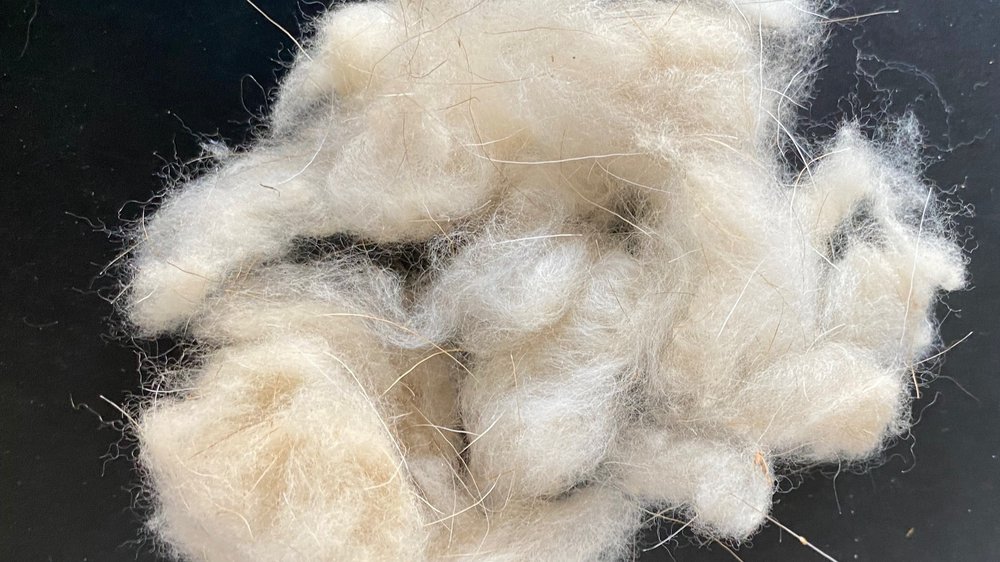How is cashmere Fibre Created and Why Is It So Desired?
How is cashmere Fibre Created and Why Is It So Desired?
Blog Article
Comprehending the Different Sorts Of Cashmere a Natural Fiber and Their One-of-a-kind Benefits

The Beginnings of Cashmere: A Historic Review
While the elegant touch of cashmere remains to charm modern consumers, its origins map back to the extreme, chilly climates of Mongolia and the Himalayas. For centuries, the native peoples of these areas have been elevating Capra Hircus goats, the prime resource of cashmere wool. These goats, durable against the extreme winters, expanded a great undercoat to endure, which later became known as cashmere. The name itself pays tribute to Kashmir, a region in India where the woollen was originally processed. Much of the early cashmere trade course was promoted by the Silk Roadway, connecting Asia with the Middle East and Europe. Despite its worldwide spread, the finest cashmere is still thought to stem from the initial areas of Mongolia and the Mountain Ranges.
The Production Process: From Goat to Garment
Shearing a Capra Hircus goat marks the creation of the elaborate cashmere production process. This fragile treatment normally happens yearly during spring. The penalty, soft undercoat is after that separated from the coarser outer hair, a process referred to as dehairing. The resultant raw cashmere is after that cleaned to get rid of impurities such as vegetable, dirt, and grease matter.
The tidy fiber is subjected to coloring, rotating, and weaving, or knitting, to transform it into a textile. Facility procedures such as quality assurance checks and finishing procedures follow, ensuring completion product preserves the luxurious requirement expected of cashmere. This painstaking procedure, from goat to garment, warrants the high expense affixed to cashmere products, making them a symbol of high-end and refinement.
The Various Sorts Of Cashmere: A Thorough Analysis

The Unique Advantages of Cashmere: Comfort and Sustainability
Relocating from the selection of cashmere kinds to the benefits they provide, comfort and sustainability stand apart prominently. Cashmere, an all-natural fiber, is renowned for its exceptional softness, giving a level of convenience that artificial fibers can not match. The material's lightness, yet impressive warmth retention, makes it optimal for all seasons. Additionally, cashmere's natural flexibility enables it to go back to its original form, making it immune to reducing or extending.
When it involves sustainability, cashmere is eco-friendly and eco-friendly, as it's collected from cashmere goats that regrow their coats each year. what is cashmere. Unlike synthetic fibers which can take centuries to break down, cashmere's effect on the setting is very little. This combination of comfort and sustainability makes cashmere a helpful option for conscious consumers

Caring for Your Cashmere: Upkeep and Conservation Tips
While cashmere is certainly a luxurious and lasting option, it requires certain care to preserve its top quality and extend its life expectancy. To start, cashmere ought to be hand cleaned using cold water and a light detergent. Stay clear of wringing the garment or turning as it can damage the fibers. Instead, carefully eject excess water and lay it my latest blog post level on a towel to description dry. Furthermore, cashmere things ought to be stored in a great and dry location, far from direct sunshine and dampness. Utilizing moth repellents can secure these garments from prospective damage. It's suggested to stay clear of hanging cashmere to stop stretching. Instead, layer and shop them properly to keep their form and high quality in time.
Spending in Cashmere: Comprehending Its Worth and Well Worth
Although cashmere may originally appear like a costly investment, its lasting value and worth ended up being apparent when you consider its amazing high qualities. Recognized for its unrivaled softness and heat, cashmere is a premium all-natural fiber that outmatches various other products. Investing in cashmere, for that reason, is not simply about existing style patterns, but about embracing a sustainable, resilient, and extravagant way of life.
Final Thought
In recap, the kind of cashmere one picks, be it Mongolian, Chinese, or Italian, is dictated by private preferences for heat, budget, sustainability, and luxury. The worth of cashmere expands past its rate, with comfort and longevity including to its well worth. Correct care and upkeep can guarantee its preservation. As a result, recognizing the beginnings, production process, and unique advantages of various kinds of cashmere can lead consumers in their financial investment in this glamorous natural fiber.
Whether it's the exceptional heat of Mongolian cashmere, the affordability of Chinese cashmere, or the eco-conscious production of Italian cashmere, there's a story to be uncovered behind each fiber kind. Cashmere, a natural fiber, is renowned for its unrivaled softness, giving a level of convenience that synthetic fibers can not match.When it comes to sustainability, cashmere is sustainable and biodegradable, as it's harvested from cashmere goats that regrow their coats each year. Known for its unparalleled soft qualities and warmth, cashmere is a premium all-natural fiber that exceeds other materials. Understanding the origins, production process, and one-of-a-kind benefits of various types of cashmere can lead customers in their financial investment in this glamorous all-natural fiber.
Report this page